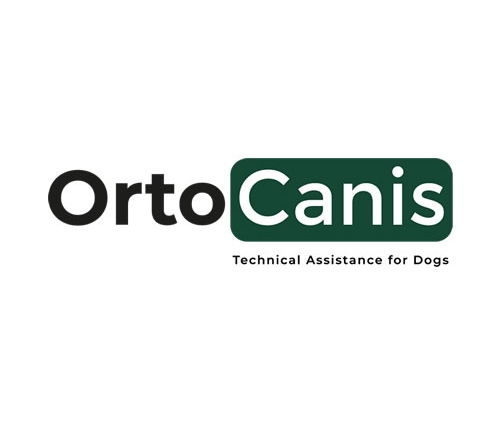Do large breed dogs slouch?
Are the alterations in the movement of the hindquarters in our dogs due to hip dysplasia?
On many occasions consultations are made for movement disorders or difficulties, claudication, limping of the hindquarters, either in puppies or in adult dogs. It is important to understand that NOT all claudication responds to the same pathology and of course to the same treatment. It is very common to hear that older dogs “loosen”.
The term hip displasia popularly refers to hip dysplasia and if we refer to elderly animals, in most cases it is not the hip that is responsible for this problem, but rather conditions of the dorsal or lumbar spine, showing great displacement difficulties and even paresis of the posterior train. Spine problems can appear in dogs from 7 or 8 years of age, mainly in large breeds with or without dysplasia. The clinical manifestations of hip problems are more frequent in young dogs, but it must also be taken into account that a large percentage of animals are asymptomatic.
What happens in older dogs?
As our dogs get older, the first signs of aging appear: decreased activity and some lameness in the hindquarters.
If they were dogs that showed no gait problems when they were young, owners are surprised by the change in activity and it is common to think that hip dysplasia has knocked on the door. However, in many cases the spinal column of these dogs has suffered from the action of pressure and traction on the intervertebral discs, causing a fibrous hardening of the capsules (with which the cartilaginous discs support or cushion less blows and traction) and in many Opportunities the nuclei of these intervertebral discs move, squeezing the spinal cord (herniated disc) compressing the nerve roots and causing pain and neurological dysfunction.
This disease is known as spondyloarthrosis or degenerative stenosis in the lumbosacral region or in the thoracolumbar region of the spine.
The symptoms vary according to the location of the lesions, but on many occasions they are similar to hip dysplasia: pain in the hind limbs, claudication and difficulty standing up, staggering and less activity. Spondyloarthrosis can progress to paralysis of the hindquarters. Many animals have one or more affected vertebrae in a subclinical state (without symptoms) or show slight clinical signs.
In the case of spondyloarthrosis, the treatments must be very energetic.
Anti- inflammatories , neurotrophic vitamins, chondroprotective cartilage regenerators, analgesics, muscle relaxants, as well as rehabilitation therapies in more serious cases are used together. Consult your veterinarian in these cases since it is very important to make a good diagnosis, differentiate the different pathologies to implement the appropriate treatment.
What happens in puppies and hip dysplasia?
If we think specifically about puppies, not all of them show symptoms having hip dysplasia. The diagnosis can be made from 6 months of age through an X-ray taken with the animal under anesthesia, which allows a perfect position and distension of the ligaments of the coxofemoral joint.
Other lesions in the lumbar spine (cauda equina) may appear here, producing pain and lameness that may coexist with hip dysplasia or with totally healthy hips, making differential and specific diagnosis essential.
These concepts have the sole objective of giving a general idea of some of the pathologies that can affect our dogs, so as not to be left with the concept that the “hip is the mother of all evils”.
Specifically in “old” dogs and puppies, we can monitor and prevent joint problems. Oral and injectable chondroprotectors are used for this, which inhibit the processes of cartilage-degrading enzymes, are natural anti-inflammatories, nourish cartilage cells and stimulate cartilage regeneration.
It is also advisable that as our dogs approach 10 years, they are well fed but thin. Obesity or overweight is an ingredient against longevity. Moderate exercise will keep our animals active and with a good temperament.
Dr. Ana María Robles – Veterinary Doctor – MP 2626

